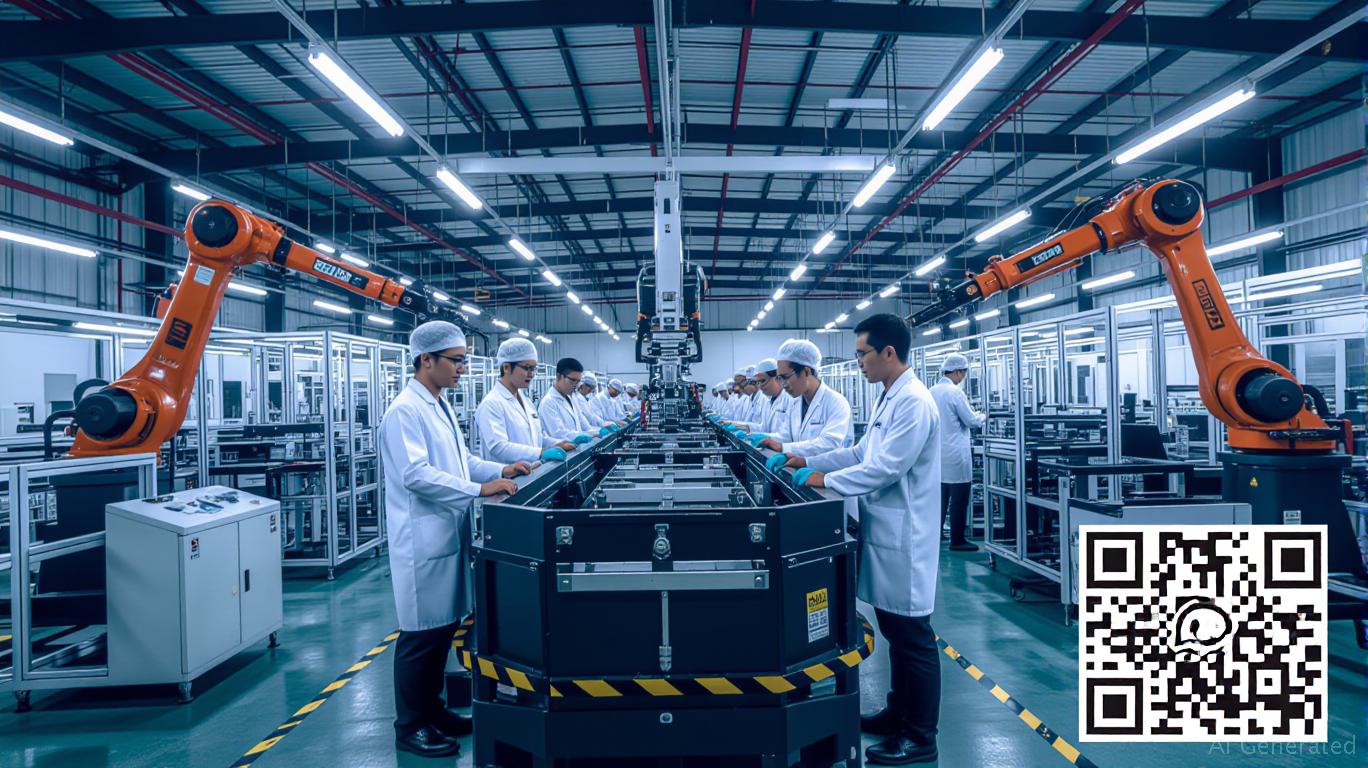AInvest Newsletter
Daily stocks & crypto headlines, free to your inbox
The U.S. imposition of a 20% tariff on Vietnamese textiles and electronics in July 2025, coupled with a 40% levy on goods deemed transshipped from China, has catalyzed a strategic reorganization of global supply chains. Vietnam, a linchpin of Asia's manufacturing ecosystem, now faces dual pressures: avoiding punitive tariffs while maintaining its export competitiveness. This article explores how manufacturers are relocating production to ASEAN and Mexico to bypass transshipment penalties, while simultaneously adopting automation to offset rising operational costs. For investors, the shift offers opportunities in firms that master supply chain diversification and efficiency gains.
Vietnam's textiles and electronics sectors—accounting for 24% and 17% of total exports to the U.S. in early 2025—have become prime targets for Washington's trade strategy. The 40% tariff on transshipped goods, particularly those with Chinese inputs, has exposed vulnerabilities in Vietnam's “China Plus One” model. U.S. authorities now scrutinize “substantial transformation” criteria, often flagging goods with even 1% Chinese content.
This has forced manufacturers to seek alternatives. 
To avoid tariffs, companies are reshaping supply chains across Southeast Asia and Mexico, leveraging regional trade agreements.
ASEAN's Strategic Hubs:
- Indonesia: Foxconn is expanding in Batam to serve U.S. and Chinese markets, capitalizing on Indonesia's proposed $34 billion U.S. trade deal tied to nickel access.
- Malaysia: Samsung and Flextronics are shifting production to the Johor-Singapore Special Economic Zone (JS-SEZ), where ASEAN free trade agreements enable tariff-free exports.
Mexico's USMCA Edge:
Mexico's compliance with the U.S.-Mexico-Canada Agreement (USMCA) offers a 0% tariff route for goods meeting regional value content (RVC) thresholds. Textile firms like have responded by relocating to Mexico, where labor costs remain 20% lower than in China.
While geographic diversification reduces tariff risks, automation is critical to offsetting rising labor and compliance costs. In textiles and electronics, Industry 4.0 technologies are driving productivity gains:
Robotic Packaging: Automation in cutting and sewing lines has increased output by 30% in some facilities.
Electronics:
The global automation in textiles market, projected to hit $2.1 trillion by 2030, is fueled by ASEAN's rapid adoption. **** will likely show a shift toward higher-value, automated production, even as total exports decline due to tariffs.
Flex Ltd (FLEX): Leverages automation in Mexico and Indonesia to offset tariffs.
Automation Leaders:
Siemens (SIEGY): Partners with Vietnam's manufacturers on smart factory solutions.
Critical Mineral Plays:
PT Vale Indonesia (ANTM): Ties to U.S.-Indonesia nickel deals underpin EV battery supply chains.
ETF Plays:
Vietnam's supply chain pivot is a necessity, not a choice. Manufacturers are retooling geographically and technologically to survive in a tariff-ridden world. For investors, the winners will be those firms that blend geographic diversification with automation-driven efficiency. The path forward is clear: diversify, automate, and comply—or risk obsolescence.
Final Recommendation: Allocate 10–15% of a growth portfolio to companies with ASEAN/Mexico exposure and automation expertise. Monitor **** for validation of this trend.
Daily stocks & crypto headlines, free to your inbox
Comments
No comments yet